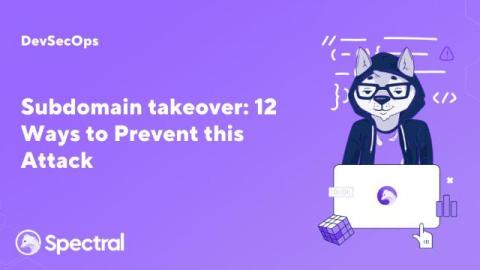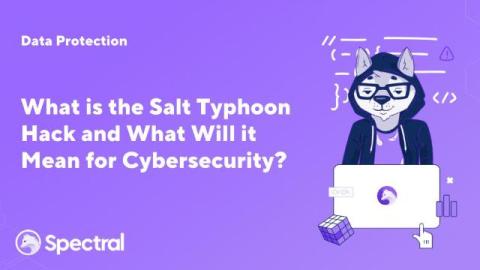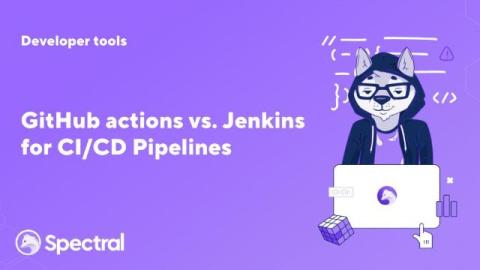Subdomain takeover: 12 Ways to Prevent this Attack
Subdomain takeovers don’t happen because attackers are geniuses. They happen because DNS records get messy. It’s not exactly an exciting gig to track old services or clean up unused subdomains, but ignoring it creates a security hole you can’t afford. Microsoft discovered over 670 vulnerable subdomains in a single audit. On a larger scale, 21% of DNS records out there lead to unresolved content, and 63% of those throw ‘404 not found’ errors.










